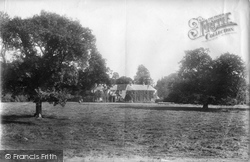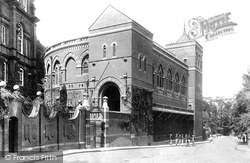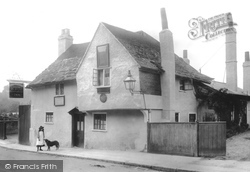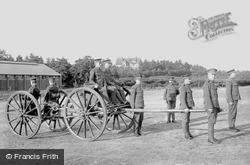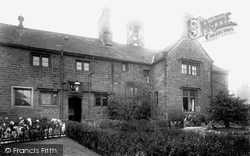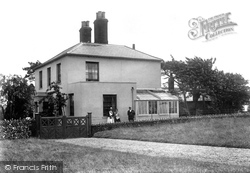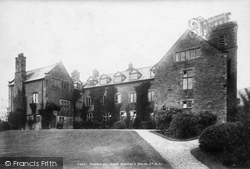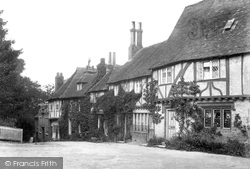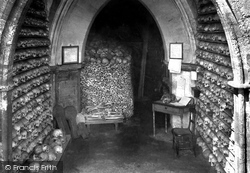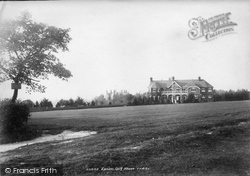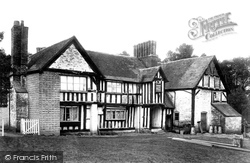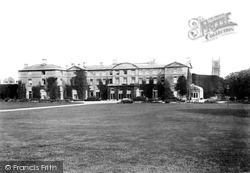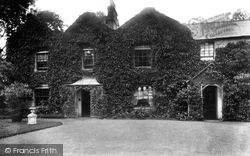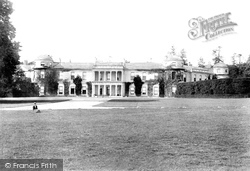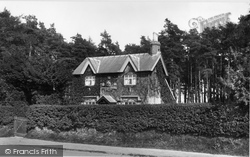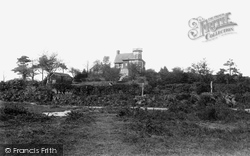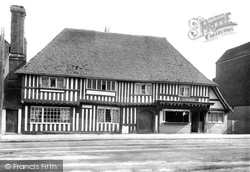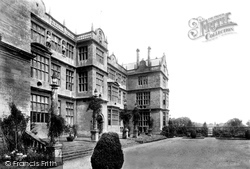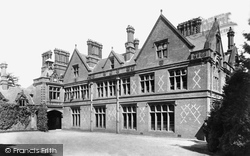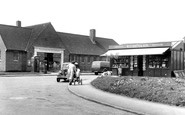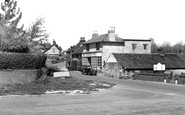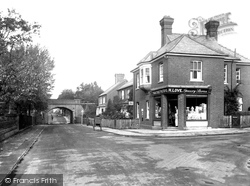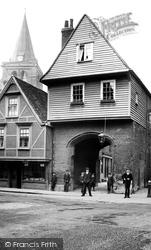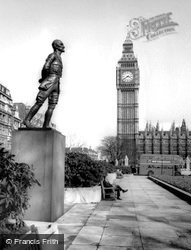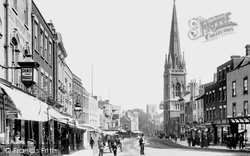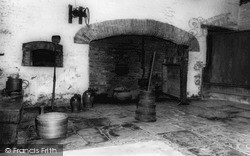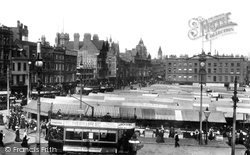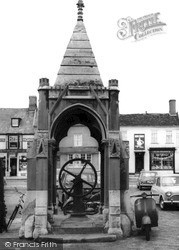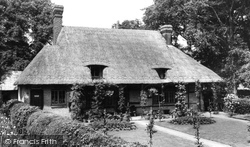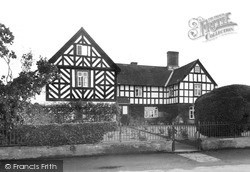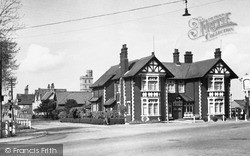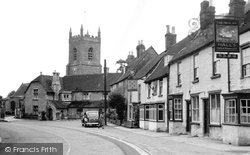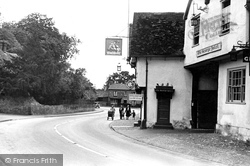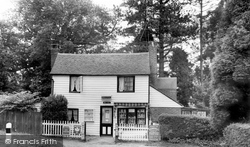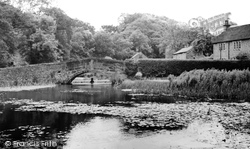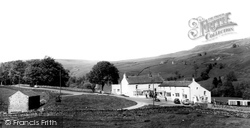Places
36 places found.
Those places high-lighted have photos. All locations may have maps, books and memories.
- Chatsworth House, Derbyshire
- Osborne House, Isle of Wight
- Brambletye House, Sussex
- Ickworth House, Suffolk
- Kingston Lacy House, Dorset
- Boscobel House, Shropshire
- Preshute House, Wiltshire
- Bolton Houses, Lancashire
- Brick Houses, Yorkshire
- Quaking Houses, Durham
- Water Houses, Yorkshire
- Bottom House, Staffordshire
- New House, Kent
- Mite Houses, Cumbria
- Lyneham House, Devon
- Church Houses, Yorkshire
- Dye House, Northumberland
- Spittal Houses, Yorkshire
- Street Houses, Yorkshire
- Tow House, Northumberland
- Halfway House, Shropshire
- Halfway Houses, Kent
- High Houses, Essex
- Flush House, Yorkshire
- White House, Suffolk
- Wood House, Lancashire
- Bank Houses, Lancashire
- Lower House, Cheshire
- Marsh Houses, Lancashire
- Chapel House, Lancashire
- Close House, Durham
- Guard House, Yorkshire
- Hundle Houses, Lincolnshire
- Hundred House, Powys
- Thorley Houses, Hertfordshire
- School House, Dorset
Photos
6,747 photos found. Showing results 2,501 to 2,520.
Maps
370 maps found.
Books
Sorry, no books were found that related to your search.
Memories
10,362 memories found. Showing results 1,251 to 1,260.
Ten Happy Years
I moved to Watchfield in 1940 and left in 1950. My dad, Mr Woolman, worked for the army and had his office in Homelees Farm in the camp. What a change has taken place at Watchfield. Gone are the places we could play in safety. ...Read more
A memory of Watchfield in 1940 by
Wannock Avenue
My grandad, Joseph Woodgate, was the builder that built a lot of early Wannock Avenue's houses and bungalows. He built Wee Cott - one the first houses to be built which had a very large monkey puzzle tree in the garden, until the ...Read more
A memory of Willingdon by
Jiffing
My name is Frank Wilson and I too have good and bad memories of Mobberley Boys School. I was sent there in 1971 due to being expelled from 3 schools. My fondest memory was jiffing (smoking) in the yard at dinner time, right under the ...Read more
A memory of Mobberley in 1971 by
The Ghost
My dad, even though married he was one for playing the field. Mother was taking care of my brother's kids (his wife had died, he was a Flight Sargent), Mother was miles away and Dad played about. One afternoon he had picked up ...Read more
A memory of Royston by
Burnopfield
My visit to Burnopfield to meet grandma Ann Burns and John Patrick Burns, my mam Ann Therese Burns was born in Barrington Villa in Burnopfield, my mam and 9 sisters and brothers grew up in this house. If anyone knows something abouth ...Read more
A memory of Medomsley in 1949
My Memories
I am now 53. My parents and I moved to Erith from Suffolk in 1967/68. I remember the old Erith pre concrete jungle. I never really let the old town go. The damage the new building did to the town is only known now. It was not a very ...Read more
A memory of Erith in 1967 by
Simple Childhood
I was born and brought up in Barnton and remember fondly how we used to walk across the fields to go to marbury swimming pool. We spent many happy hours there in summer. Like many others my father was housed in Marbury Park by ...Read more
A memory of Marbury by
My Bletchley Memos
1964 was the year I moved from Barking to Bletchley because my aunt and uncle Jay lived there since 1954, we used to go to there's for Christmas, it was boring, nowt to do loads of snow and woods and cows. When I first got of ...Read more
A memory of Bletchley in 1964 by
Up The Overs
Walking free through the wet grass leaving dark trails. Ahead the meadow rises to the mill bank where we stand in silence. Silent and smooth the deep mill race slides towards the wheel. Turning away we follow the bank upstream to ...Read more
A memory of Kempston in 1950 by
Helmdon 1982 1983
My husband (Jose) and I were stationed at RAF Upper Heyford and lived on Church Street (81 Church I believe) with our 2 young children (Erin and Justin) from May 1982 until we moved to base housing at RAF Upper Heyford in May ...Read more
A memory of Helmdon in 1982 by
Your search returned a large number of results. Please try to refine your search further.
Captions
6,914 captions found. Showing results 3,001 to 3,024.
The premises have since been converted into a private house. Notice the decorator up his ladder taking a short break to make sure he is in the picture.
A number of the older houses here were originally inns, for Broadway lay on the London to Worcester coaching route.
Pendleton nestles right in the shadow of Pendle Hill: in fact, the name means 'the houses on Pendle'.
Next door, the Gate House Tea Rooms boasts some lovely 16th-century linenfold wooden panelling.
Mill House (centre) has been converted into holiday accomodation.
His statue now stands at the far end of this path and facing the Houses of Parliament. The figure of the left is General Smuts.
church of St Nicholas and St Runwald.This replaced two older churches (St Runwalds and St Nicholas), but was itself demol- ished in 1955 and replaced by a parade of shops, known as St Nicholas House
The house sits in fields beside the River Arrow, away from the built-up part of Studley.
The installation of hiding places in great houses had to be kept secret; usually the work was undertaken when ostensibly a major architectural project was in hand.
The installation of hiding places in great houses had to be kept secret; usually the work was undertaken when ostensibly a major architectural project was in hand.
The Rookeries were the alleyways packed with slum dwellings which were giving Nottingham such a bad reputation for housing.
This friendly, unhygienic mix was replaced in 1927 by the present Council House, in an overpowering, municipal baroque style with a giant portico and towering dome.
Enterprise House, on the left, almost doubled Kirby's shops when it opened. Today a new Royal Oak has replaced the one we see here.
Harold White, a builder, used to live here - he built the yellow brick houses near the station, known as 'White City'.
The pump, with its stone Gothic-style pump house and metal wheel, is dated 1876. Four metal flag finials have since been added to the corners. Off to the left is the King's Head Inn.
Entry is through the door on the left, and the bulk of the building is a private house. It is still, I am glad to say, a post office to this day.
It was in this village, in an old malt house, that pictures from the National Gallery were once stored, well away from London's air raids, during the Second World War.
The Rose and Crown Hotel, and the Victorian estate cottages behind, are typical of houses elsewhere in the village - many of them have dated plaques.
Both the Swan Inn and the Six Bells public house, seen on the right, are both open today, but their frontages have been renovated and they have new signs. The Swan now serves Breakspear ales.
It is thought that the inn was once the brew-house of Dorchester Abbey.
Both the post office, run by H J Harding when the photograph was taken, and the 16th-century Eagle public house, are still open for business.
Horsted Keynes, situated on the western edge of the Ashdown Forest, has a green and an assortment of period houses and cottages.
An Austin A35 and a Morris Minor are parked outside the Devonshire Arms public house in the centre of the village.
The white-painted CB Hotel in remote Arkengarthdale recalls the initials of Charles Bathurst, the 19th-century lead mining master who owned the circular powder house of the CB Smelt Mill nearby.
Places (80)
Photos (6747)
Memories (10362)
Books (0)
Maps (370)


